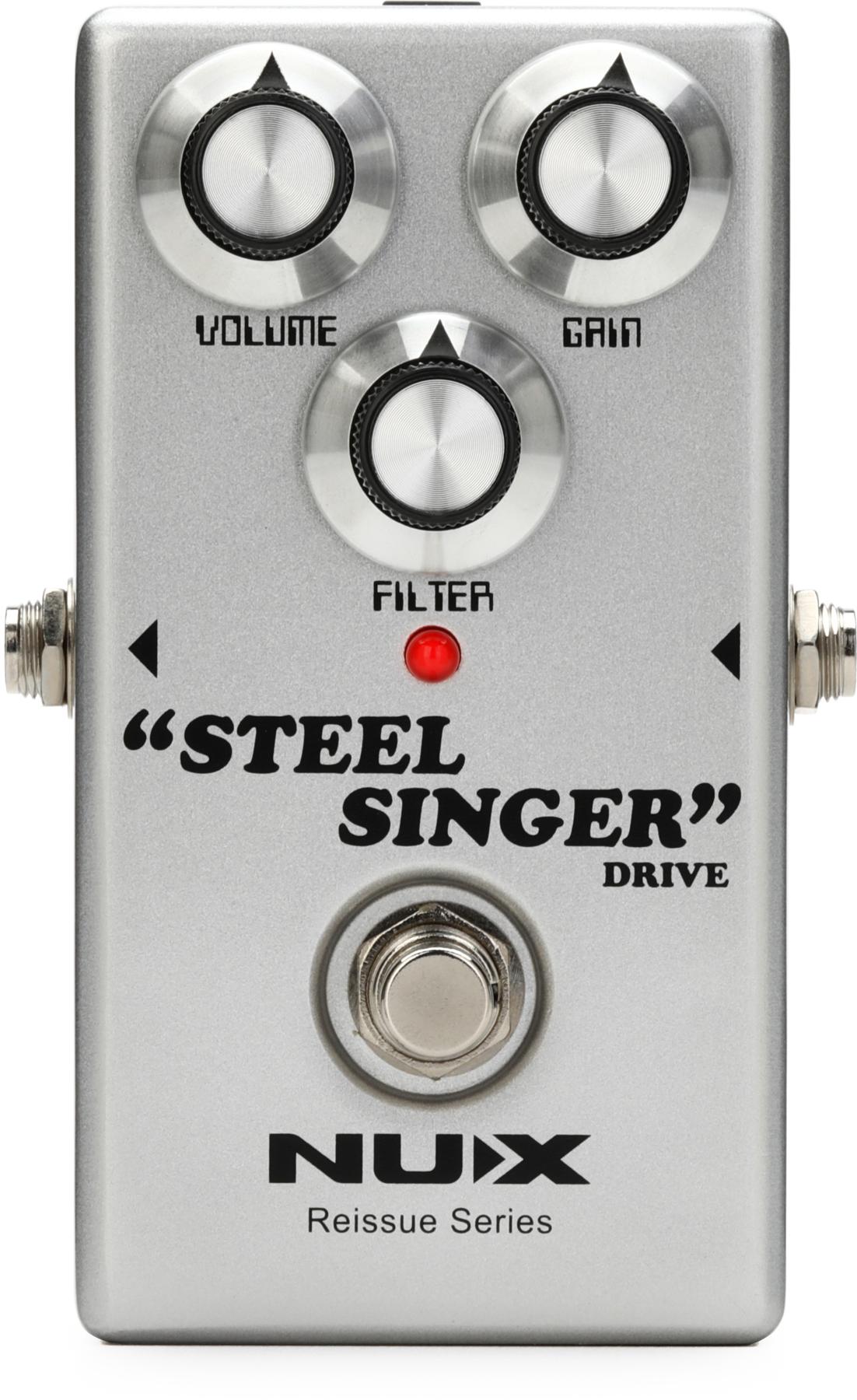Boquete, Panama (February 10, 2016) -- Panama Guitars is proud to introduce the Loco 15 Watt All-Tube Guitar Amplifier. The Loco 15 features a straightforward dual-voiced 3-knob format enclosed in a handcrafted exotic Zorrowood and Spanish Cedar cabinet. Combining simplicity and elegance, the Loco 15 sports a single-channel dual-voice architecture that provides a remarkable palette of all-tube tones, from big round cleans to punchy overdrive and raunchy vocal gain.
Designed and built in Panama, the Loco 15 is powered by (2) 12AX7 and (2) EL84s, and features two voicing modes, gain, tone and volume controls, along with a switchable 7/15 watt power section, (4) and (8) ohm speaker outputs, and a pre-out/power-in section.
The addition of the Loco 15 to the existing line-up of Panama Guitars all-tube amplifiers continues the company's quest to deliver exceptional and affordable boutique-quality gear to guitar enthusiasts and working musicians everywhere.
Price: $399
For more information:
Panama Guitars


























